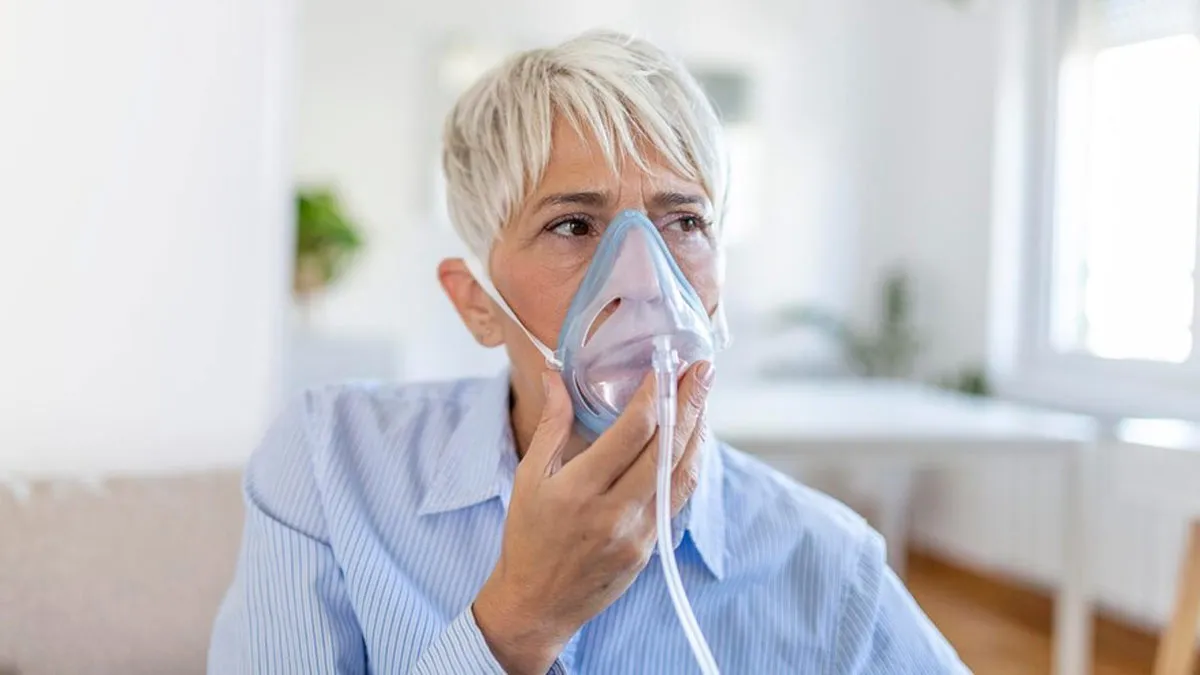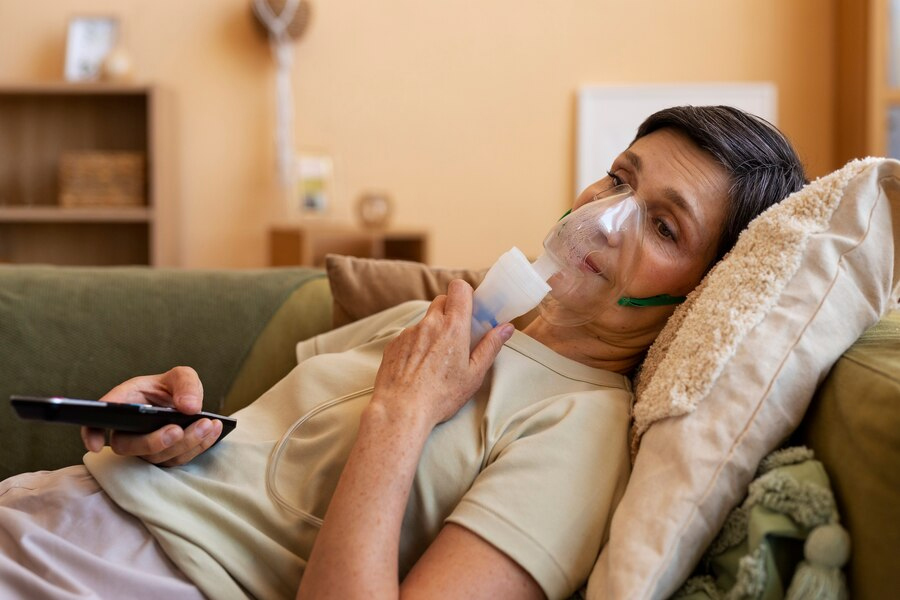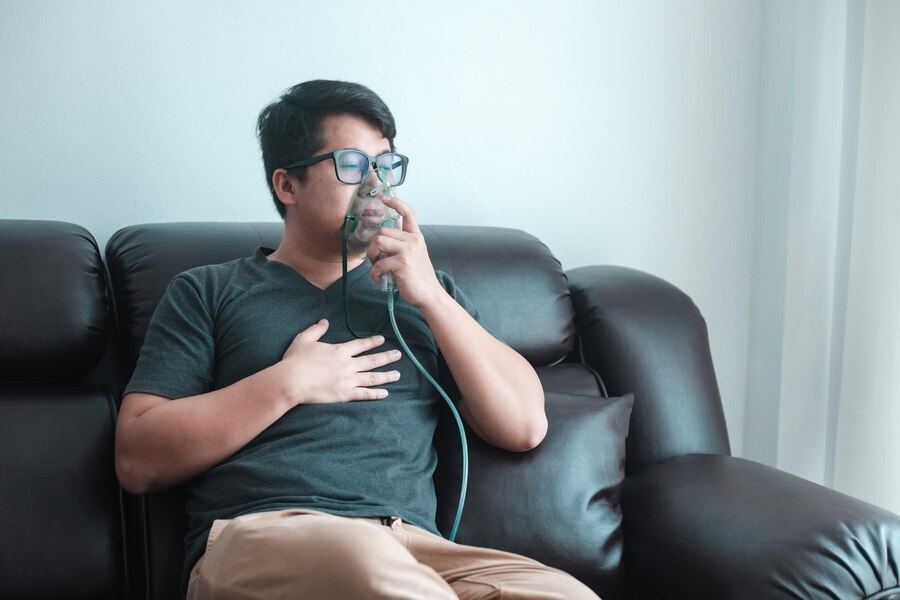
We all need oxygen to breathe and stay alive. The COVID-19 pandemic really tested our lung capacity, leaving many gasping for air and claiming several lives. However, just like the coronavirus, many other respiratory infections and chronic lung diseases can impact oxygen levels in the body.
Table of Content:-
When our body does not have sufficient oxygen in the body, it can lead to a life-threatening condition called hypoxia, which can in turn affect various organs in the body, including the heart and the brain. To avoid severity, it is therefore important to keep an eye out for noticeable signs.
Also Read: Can Low Oxygen Levels In Blood Increase The Risk Of Early Death In Premature Babies?
What Causes Oxygen Deficiency?

In an interaction with the OnlyMyHealth team, Dr Brunda M S, Senior Consultant - Internal Medicine, Aster CMI Hospital, Bengaluru, explains that oxygen deficiency, often referred to as hypoxia, occurs when there is a low supply of oxygen to the tissues and organs. It can arise from various factors, including respiratory illnesses, high altitudes, or circulatory problems.
According to StatPearls Publishing, pneumonia or Chronic Obstructive Pulmonary Disease (COPD) are common causes of hypoxia, with rarer causes, such as reduced oxygen tension at high altitudes or cyanide poisoning.
Other conditions like asthma and heart failure can also impair the lungs' ability to oxygenate the blood effectively, adds Dr Brunda.
Additionally, habits like smoking, excessive alcohol consumption, and a sedentary lifestyle can worsen the condition, leading to further complications.
Common Signs Of Oxygen Deficiency

According to Medical News Today, a blood oxygen level below 60 mm Hg may indicate that there may not be enough oxygen reaching the body’s vital organs. Low oxygen levels in the body can send certain signals that should be addressed immediately. These include:
- Shortness of breath
- Rapid heartbeat
- Confusion
- Fatigue
- Headache
- Coughing and wheezing
- Bluish colour in skin, fingernails, and lips, also called cyanosis
Also Read: Happy Hypoxia: Symptoms, Risk Factors, Treatment, Prevention
How To Improve Lung Capacity

Dr Brunda recommends making healthy lifestyle modifications and practising breathing exercises to boost oxygen levels in the body.
According to her, by adopting a healthier lifestyle that includes regular physical activity, a balanced diet rich in antioxidants, and adequate hydration, individuals can optimise their respiratory function and increase lung capacity.
She notes that engaging in breathing exercises, such as diaphragmatic breathing or pursed-lip breathing, can further aid efficient oxygen exchange in the lungs, allowing for more oxygen intake. The additional benefits include reduced stress and anxiety.
Bottomline
Low oxygen levels in the body can occur due to various factors. While understanding the underlying causes is important, it is even more crucial to recognise the signs early and seek prompt action. In most cases, people will need to go to a hospital to get themselves treated for low oxygen in the body. Hypoxia is a dangerous condition that needs immediate attention. The only way to get oxygen levels back to normal is through supplemental oxygen or oxygen therapy. Additionally, if you are someone with chronic lung diseases, such as COPD, asthma, or pneumonia, keep a regular check on your oxygen levels.
Also watch this video
How we keep this article up to date:
We work with experts and keep a close eye on the latest in health and wellness. Whenever there is a new research or helpful information, we update our articles with accurate and useful advice.
Current Version